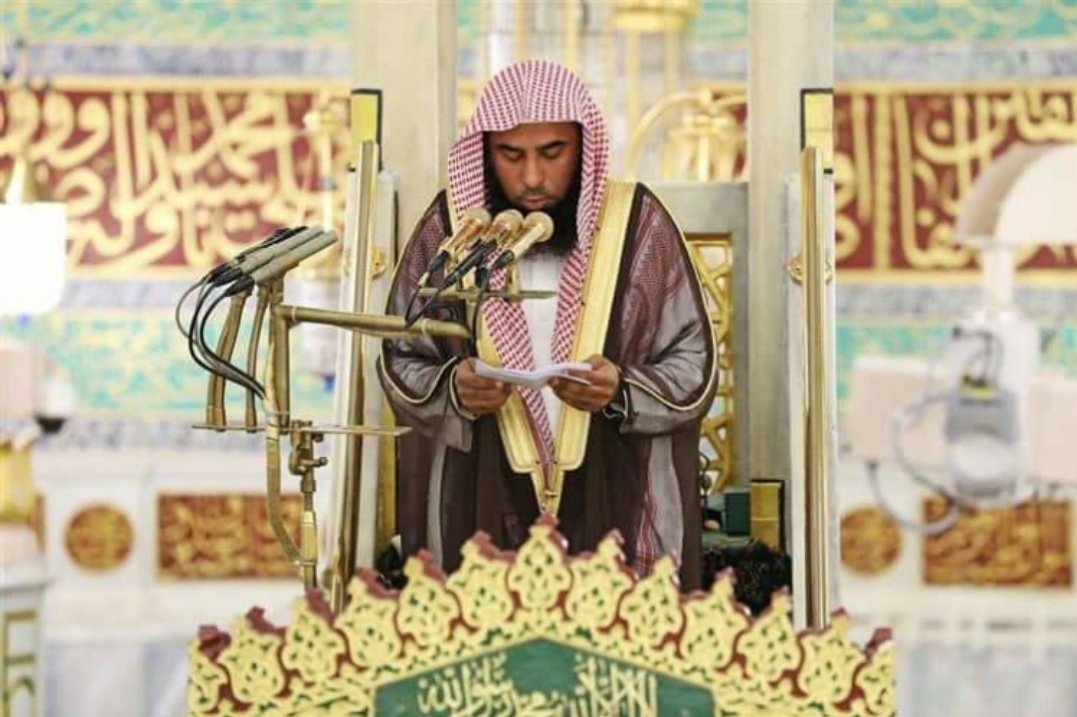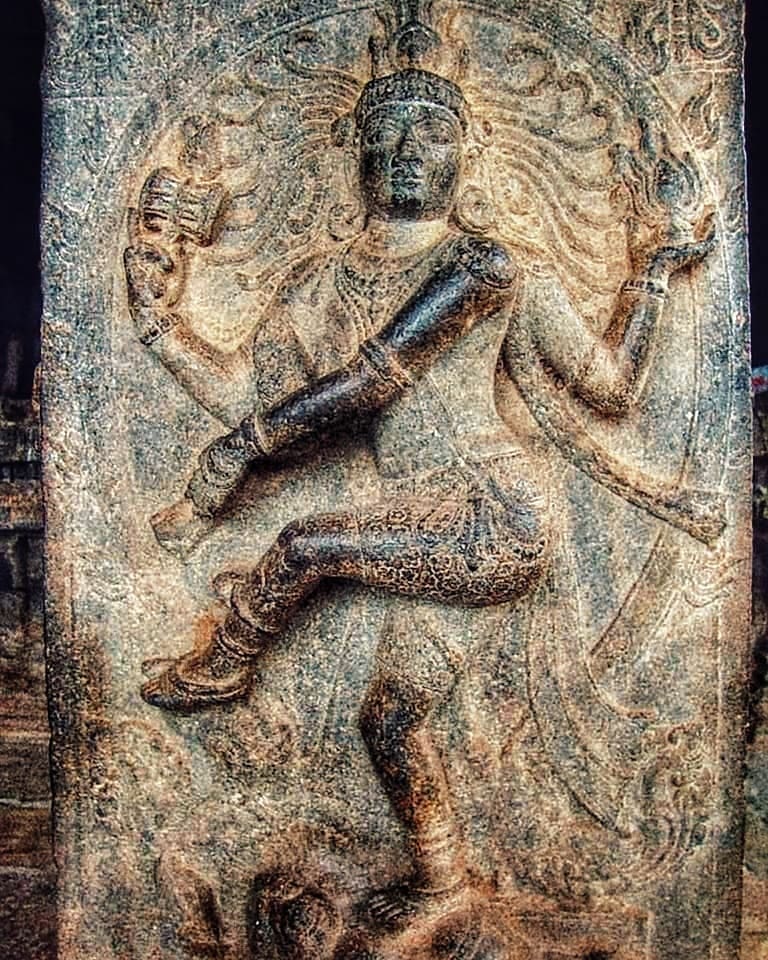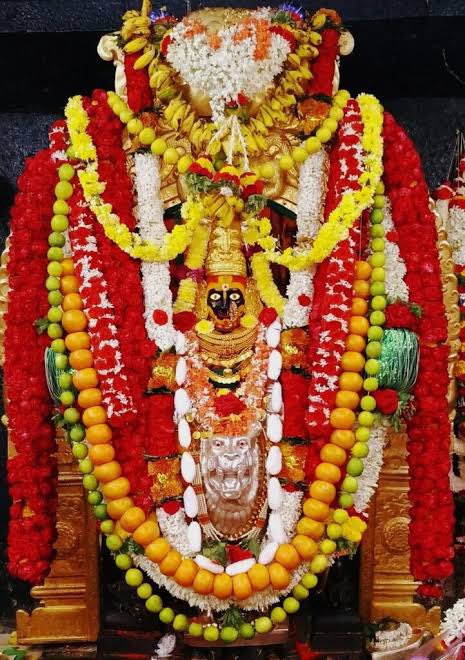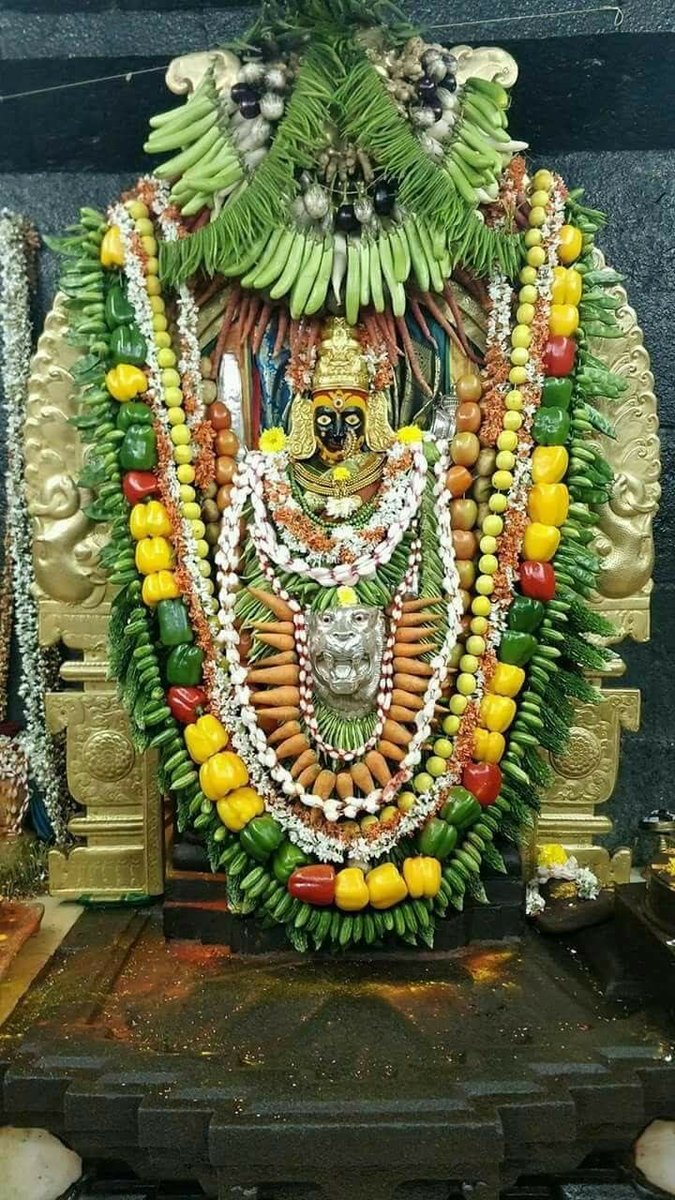Makrooh-e-Tahrimi is an impermissible act in Deen. It's status is close to status of a haraam act. If one carries out a makrooh-e-tahrimi act, one will be sinful. The consequence of continuously carrying out a makrooh-e-tahrimi act could be disastrous
Here's the difference
Wishing & Imitating
For one it’s okay and for other is shirk however the line comes in between
Wishing is Makrooh-E-Tehreemi(MET)
Even if one Imitates without respecting and honouring their celebration, one will not become a Kafir. However this will be MET
Makrooh-e-Tahrimi is an impermissible act in Deen. It's status is close to status of a haraam act. If one carries out a makrooh-e-tahrimi act, one will be sinful. The consequence of continuously carrying out a makrooh-e-tahrimi act could be disastrous
Wishing & Imitating is allowed in your religion but it is forbidden in mine
A non muslim comes to masjid by his choice because they don't have any rules but we couldn't go to mandir as
Islam comes with set of rules and boundries. To establish relation is okay but upto some extent.
At last,
"For you is your religion and for me is mine"
Qur'an 109:6
See it completely depends on "Niyat"(intention) If one believes there religion is true then the individual is Kafir or the deed is shirk. If not then it is sin goes under MET
If one was to look at the various texts of the Qur’an and Sunnah with regards to interaction and communication with non-Muslims, this aspect (of moderation) would
Unfortunately, those who do not have a deep understanding of Islam seem to think there is a contradiction in the teachings of Islam with regards to how one’s behaviour should be towards non-Muslims.
However, with the above explanation, it becomes clear that both these understandings are way off the mark. There is no contradiction in the teachings of Islam; neither does Islam teach
There are many verses of the Qur’an that prohibit one from having close and intimate relationship with non-Muslims, for example:
“The believers must not take the disbelievers as friends instead of the believers. And whoever does that has no relation with Allah whatsoever, unless you [do so] as a protective measure [in order to] save yourself from them.”
Imam Abu Bakr al-Jassas (Allah have mercy on him) states in the explanation of this verse:
“The statement of Allah “unless you [do so] as a protective measure [in order to] save yourself from them” “” means, if you fear for your life or limbs of your
2) Allah Most High says:
“O you who believe! Take not my enemies and
Imam Abu Bakr al-Jassas (Allah have mercy on him) states that this verse was revealed regarding the Companion Hatib ibn Abi Balta’a (Allah be pleased with him) who wrote to the non-believers of Quraysh
“Allah Most High prohibits (in this verse) his believing servants from having close friendship and intimacy with the Jews and Christians – those who are enemies of Islam and its people…”
4) And:
“You shall not find any people who believe in Allah and the Last Day, loving those who resist Allah and His Messenger, even though they were their fathers or their sons, or their brothers, or their kindred.” (Surah al-Mujadala, V: 22)
1) Allah Most High says:
“Allah forbids you not, with regards to those who fight you not for (your) Faith nor drive
2) And:
“O you who believe! Stand out firmly for Allah, as witnesses to fair dealing, and let not the hatred of others to you make you swerve to
In the above two verses, Allah Most High commands us to treat non-Muslims justly and honorably.
The beloved Messenger of Allah (Allah bless him & give him peace), who was sent as a mercy for the whole of mankind, demonstrated such kindness, compassion, generosity and politeness towards
When Makka al-Mukarrama was in the grip of famine, he personally went out to help his enemies who had made him leave his home town. At the conquest of Makka, all his enemies came under his power and control,
There are many more such examples in the life of the Messenger of Allah (Allah bless him & give him peace).
Likewise, the Companions (sahaba) of the Messenger of Allah (Allah bless him & give him peace)
As such, the verses of the Qur’an that caution against friendship with non-Muslims are not referring to each and every type of friendship and
1) Muwalat or Mawadda: This means to have close and intimate relationship and deep love and affection from one’s heart for a non-Muslim such that
2) Mudarat: This means to express friendship and love only outwardly without having love for them and their beliefs internally. It is a mere outward expression of the first stage (muwalat), hence it entails being
This kind of relationship with non-Muslims is permitted, as it is reserved for all human beings, whether Muslim or non-Muslim.
3) Muwasat: This means to help, assist and benefit non-Muslims. It includes charitable help and support,
This is also permitted with all types of non-Muslims except those who are directly at war with Muslims. The verse of the Qur’an where Allah Most High
4) Mu’amalat: This means to
It is clear with the above four levels that according to Islamic teachings, to take non–Muslims as friends and associates, in general, is permissible. It is perfectly acceptable to express outward friendship towards them, engage in business transactions and
More from Religion
First thread of the year because I have time during MCO. As requested, a thread on the gods and spirits of Malay folk religion. Some are indigenous, some are of Indian origin, some have Islamic
Before I begin, it might be worth explaining the Malay conception of the spirit world. At its deepest level, Malay religious belief is animist. All living beings and even certain objects are said to have a soul. Natural phenomena are either controlled by or personified as spirits
Although these beings had to be respected, not all of them were powerful enough to be considered gods. Offerings would be made to the spirits that had greater influence on human life. Spells and incantations would invoke their
Two known examples of such elemental spirits that had god-like status are Raja Angin (king of the wind) and Mambang Tali Arus (spirit of river currents). There were undoubtedly many more which have been lost to time
Contact with ancient India brought the influence of Hinduism and Buddhism to SEA. What we now call Hinduism similarly developed in India out of native animism and the more formal Vedic tradition. This can be seen in the multitude of sacred animals and location-specific Hindu gods
i wonder if you can make a thread bout witchcraft in malaysia.. or list of our own local gods/deites..
— r a y a \U0001f319 (@lcvelylilith) February 20, 2020
Before I begin, it might be worth explaining the Malay conception of the spirit world. At its deepest level, Malay religious belief is animist. All living beings and even certain objects are said to have a soul. Natural phenomena are either controlled by or personified as spirits
Although these beings had to be respected, not all of them were powerful enough to be considered gods. Offerings would be made to the spirits that had greater influence on human life. Spells and incantations would invoke their
Animist ceremonies of a religious or magical nature were normally held for the purpose of divination or making a request. This would either be done at a keramat or at a shrine similar to the Thai spirit houses or Chinese roadside shrines pic.twitter.com/I1hliyi0x3
— \u2745\u1710\u170b\u1713\u170e (@uglyluhan) June 16, 2019
Two known examples of such elemental spirits that had god-like status are Raja Angin (king of the wind) and Mambang Tali Arus (spirit of river currents). There were undoubtedly many more which have been lost to time
Contact with ancient India brought the influence of Hinduism and Buddhism to SEA. What we now call Hinduism similarly developed in India out of native animism and the more formal Vedic tradition. This can be seen in the multitude of sacred animals and location-specific Hindu gods
You May Also Like
First thread of the year because I have time during MCO. As requested, a thread on the gods and spirits of Malay folk religion. Some are indigenous, some are of Indian origin, some have Islamic
Before I begin, it might be worth explaining the Malay conception of the spirit world. At its deepest level, Malay religious belief is animist. All living beings and even certain objects are said to have a soul. Natural phenomena are either controlled by or personified as spirits
Although these beings had to be respected, not all of them were powerful enough to be considered gods. Offerings would be made to the spirits that had greater influence on human life. Spells and incantations would invoke their
Two known examples of such elemental spirits that had god-like status are Raja Angin (king of the wind) and Mambang Tali Arus (spirit of river currents). There were undoubtedly many more which have been lost to time
Contact with ancient India brought the influence of Hinduism and Buddhism to SEA. What we now call Hinduism similarly developed in India out of native animism and the more formal Vedic tradition. This can be seen in the multitude of sacred animals and location-specific Hindu gods
i wonder if you can make a thread bout witchcraft in malaysia.. or list of our own local gods/deites..
— r a y a \U0001f319 (@lcvelylilith) February 20, 2020
Before I begin, it might be worth explaining the Malay conception of the spirit world. At its deepest level, Malay religious belief is animist. All living beings and even certain objects are said to have a soul. Natural phenomena are either controlled by or personified as spirits
Although these beings had to be respected, not all of them were powerful enough to be considered gods. Offerings would be made to the spirits that had greater influence on human life. Spells and incantations would invoke their
Animist ceremonies of a religious or magical nature were normally held for the purpose of divination or making a request. This would either be done at a keramat or at a shrine similar to the Thai spirit houses or Chinese roadside shrines pic.twitter.com/I1hliyi0x3
— \u2745\u1710\u170b\u1713\u170e (@uglyluhan) June 16, 2019
Two known examples of such elemental spirits that had god-like status are Raja Angin (king of the wind) and Mambang Tali Arus (spirit of river currents). There were undoubtedly many more which have been lost to time
Contact with ancient India brought the influence of Hinduism and Buddhism to SEA. What we now call Hinduism similarly developed in India out of native animism and the more formal Vedic tradition. This can be seen in the multitude of sacred animals and location-specific Hindu gods



























